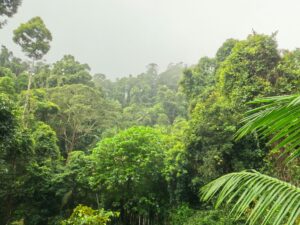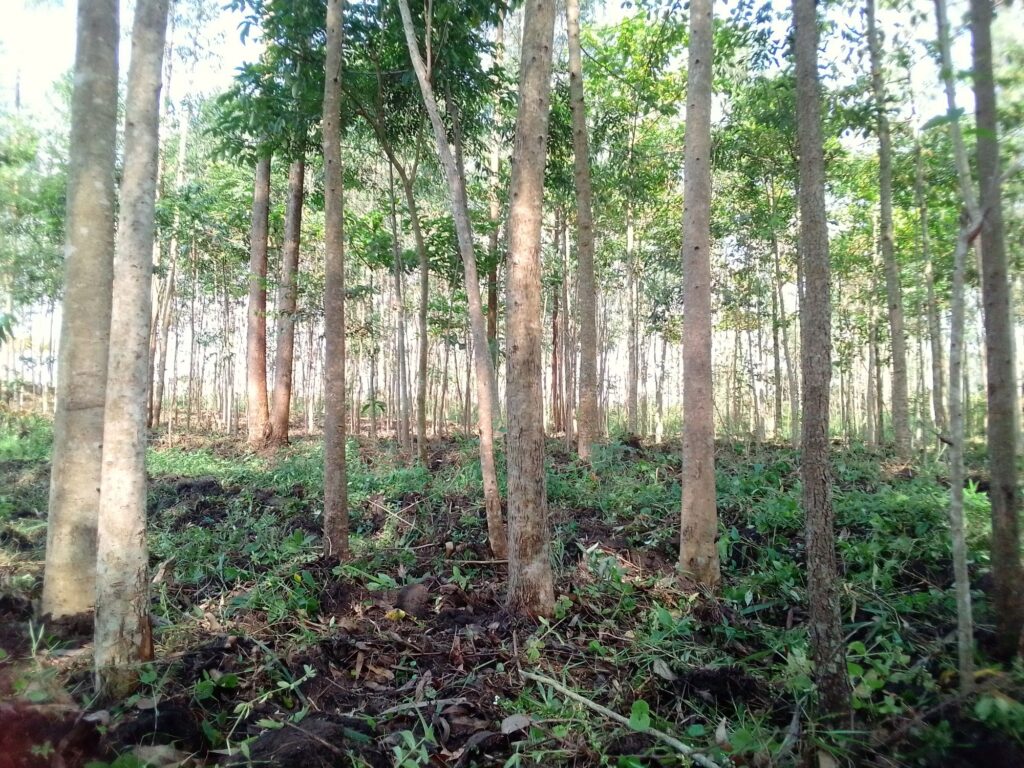In the race to combat climate change, Africa stands at a unique crossroads. While the continent has contributed the least to global emissions, it holds one of the greatest potentials to shape a sustainable future — not just environmentally, but economically. And at the heart of this potential? Trees.
Yes, trees are no longer just symbols of nature or sources of wood. Today, they are rapidly becoming economic assets — gateways to a new green economy powered by carbon credits.
Why Trees Matter in the Carbon Economy
Every tree captures carbon dioxide (CO₂) from the atmosphere, helping to reduce the impact of greenhouse gases. When these carbon savings are measured and verified, they can be sold as carbon credits — also known as carbon units — on global markets to companies or countries seeking to offset their emissions.

This has created a massive opportunity for regions with space, favorable climate, and community engagement. And Africa fits that profile perfectly.
Africa’s Natural Advantage
Africa has a combination of unique advantages that position it to lead in nature-based climate solutions:
Abundant land: Many African countries have millions of hectares of degraded land suitable for reforestation and agroforestry.
Rapid tree growth: In tropical climates, trees grow faster — meaning they absorb carbon more quickly.
Community engagement: With high rural populations, tree-planting efforts can create employment, restore ecosystems, and generate local income.
Biodiversity: Reforestation efforts often protect or restore vital ecosystems, benefiting wildlife and water systems.
Carbon Credits: Turning Trees into Income
Each ton of carbon a tree removes from the atmosphere can be sold as a carbon credit, often earning between $5 to $50 USD depending on the project and market.
For rural African communities, that’s a game-changer.

Imagine a community replanting 10,000 hectares of degraded land. Over time, this could yield thousands of carbon units per year — creating recurring revenue for farmers, cooperatives, and even national governments.
Some success stories include:
Kenya’s Kasigau REDD+ Project, which has generated millions in carbon revenue while protecting wildlife corridors and investing in education.
The Great Green Wall, a massive Pan-African initiative aiming to restore 100 million hectares of land across the Sahel.
The Rise of Tree-Based Business Models
A new wave of entrepreneurs, startups, and NGOs are now focusing on:
Tree planting as a climate service
Satellite monitoring for carbon tracking
Platforms to connect African projects with global carbon buyers
Companies are also integrating agroforestry — growing trees alongside crops — allowing farmers to earn income from both agriculture and carbon credits.
What’s Needed to Scale
While the potential is huge, unlocking it requires investment and coordination. Key needs include:
Clear land and carbon rights laws to protect local ownership.
Verification capacity, to ensure carbon credits meet international standards.
Transparent benefit-sharing so communities fairly earn from carbon revenues.
Technology and training to track, report, and manage projects efficiently.
A Green Economy Rooted in Trees
Africa’s forests and landscapes aren’t just ecological treasures — they are fast becoming economic ones. As the world turns to nature to solve the climate crisis, African nations have the opportunity to lead a new kind of economic growth: one that’s regenerative, inclusive, and rooted in the land.
By investing in trees, Africa is not just planting forests — it’s planting the seeds of a greener, more prosperous future.
Want to get involved?
If you’re an investor, NGO, policy maker, or entrepreneur, now is the time to look to the land. The carbon economy is growing — and Africa’s trees are ready to lead the way.

Disclosure: This banner contains an affiliate link. I may earn a commission if you purchase through it, at no extra cost to you.

Pingback: Charcoal Burning: A Silent Health and Environmental Threat in Busia - Money in Agribusiness
Pingback: EU’s New Coffee Guidelines: A Wake-Up Call for Kenyan Farmers - Money in Agribusiness